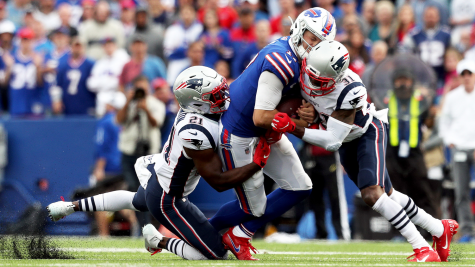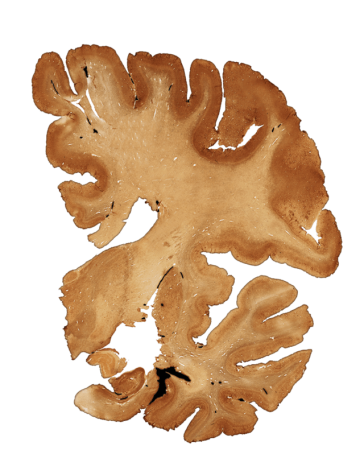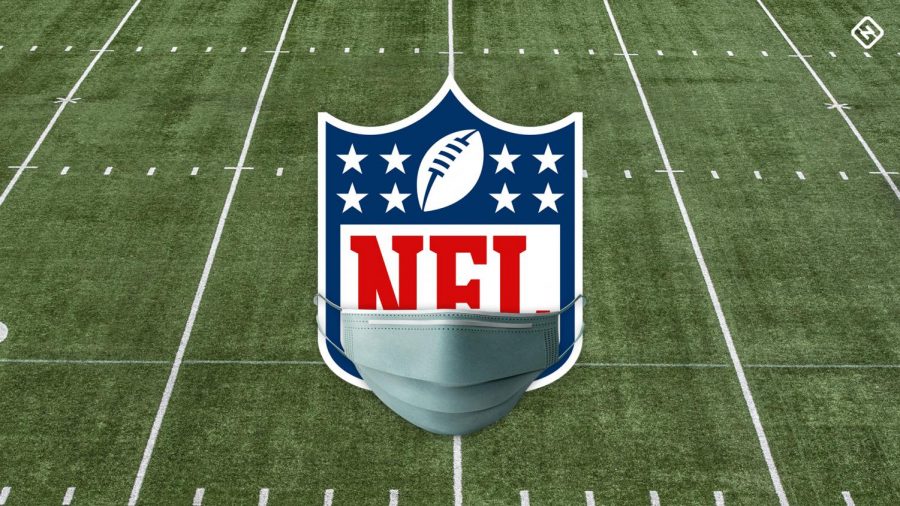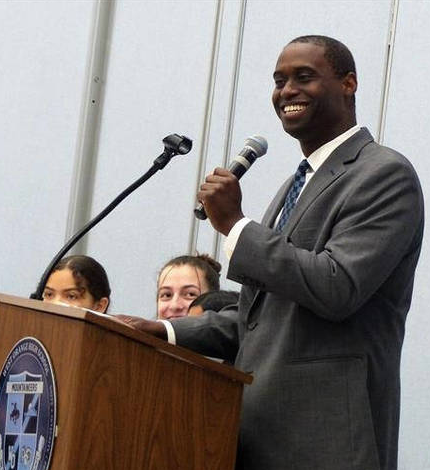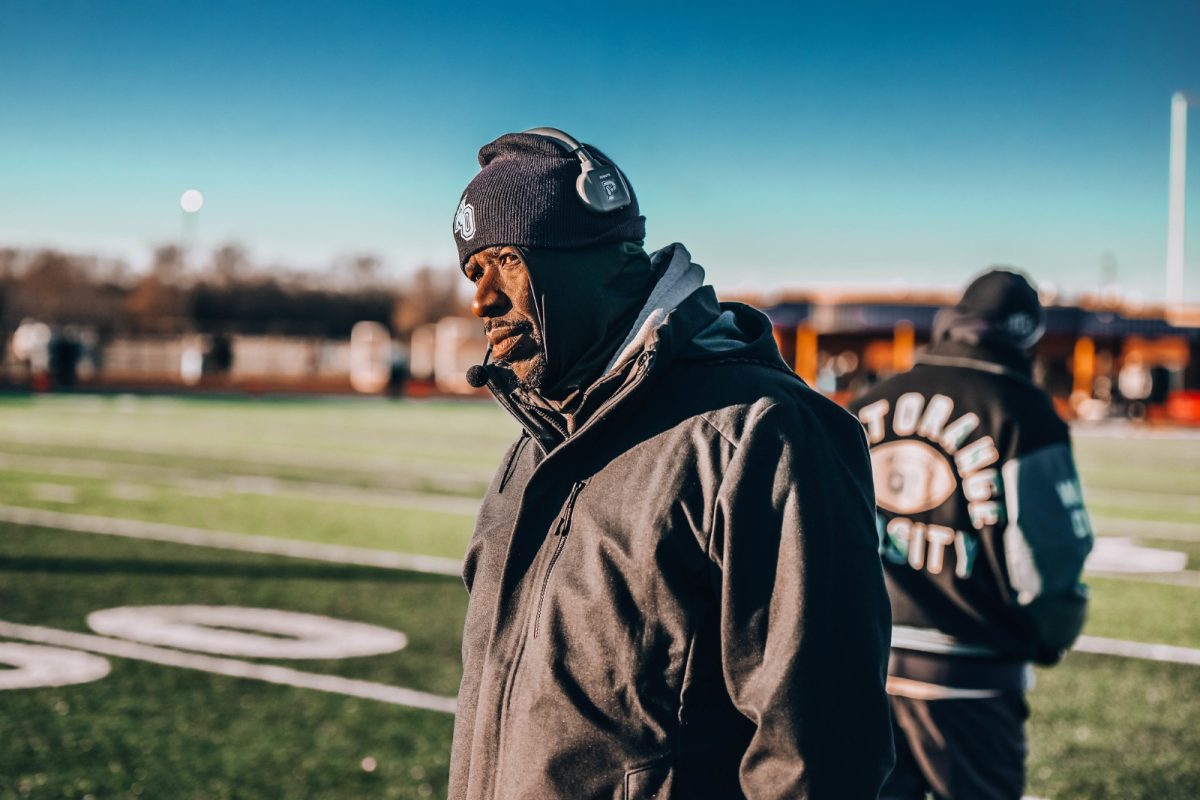CTE Found in 99% of Former NFL Athletes that Were Examined After Death
Chronic Traumatic Encephalopathy (CTE) is a neurodegenerative brain disease that can be “found in individuals who have been exposed to repeated head trauma. The disease is pathologically marked by a buildup of abnormal tau protein in the brain that can disable neural pathways and lead to a variety of clinical symptoms,” according to CNN News’ Daniella Emanuel.
This brain epidemic can only be noticed with an autopsy, and close examination and attention from the surgeons. “There’s no question that there’s a problem in football. That people who play football are at risk for this disease,” said the director of Boston University’s CTE Center and coauthor of the new study, Dr. Ann McKee. “And we urgently need to find answers for not just football players, but veterans and other individuals exposed to head trauma.”
After years of denial and complete oblivion, the National Football League (NFL) acknowledged the link between the vicious and violent nature of the game they hold so tightly to their heart, and Chronic Traumatic Encephalopathy, and released a statement in July of 2017, regarding their protocol moving forward, in an attempt to limit the effects of large scale hits on players.
“In 2016, the NFL pledged $100 million in support for independent medical research and engineering advancements in neuroscience related topics. This is in addition to the $100 million that the NFL and its partners are already spending on medical and neuroscience research,” claimed writers from NFL.com Wire Reports in the 2016 statement.
According to NFL.com, the NFL has made “47 rule changes since 2002 to protect players, improve practice methods, better educate players and personnel on concussions and strengthen the league’s medical protocols. The NFL deploys 29 medical professionals on the sidelines for each game. Working with the NFL Players Association, the league enforces a concussion protocol for players that has been instrumental in immediately identifying and diagnosing concussions and other head-related injuries.” These rule changes vary from giving a receiver running a pass route defenseless player protection, to dismissing the “leaper” block attempt on field goal and extra point plays. The NFL still currently is making adjustments to help aid these issues, but this action doesn’t excuse the thousands of players that have developed, and are currently in the midst of coping with CTE.
Just yesterday, January 14th, 2020, Carolina Panther linebacker Luke Kuechly decided to retire. He did not give any indication of the motive behind making this decision, but NFL Insiders Ian Rapoport and Adam Schefter believe this move was due to the many head and neck injuries Kuechly sustained throughout his career, and the fear of developing CTE, which is a well known epidemic within the walls of the NFL. He dealt with 3 concussions, and a slight neck injury in 8 seasons with the Panthers, and has retired at age 28. He finishes abruptly with 1,092 total tackles, 67 career pass deflections, and 18 interceptions. Kuechly claims that he can no longer “play fast, play physical, and play strong,” and has called it a career in the NFL.
